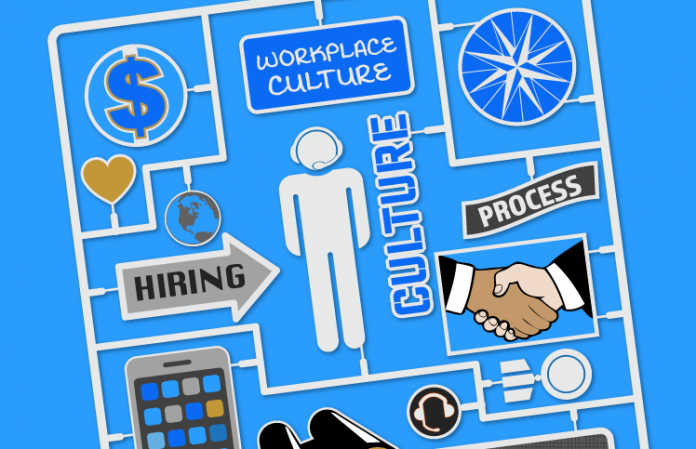
There are a variety of models for creating or transforming a workplace culture, but experts agree that culture must be approached as a long-term commitment, not a one-time project with a beginning and end. Sustaining the culture requires alignment of the organization’s internal processes and systems, such as hiring, staff development, process improvement, recognition, etc.
Tim Kuppler’s model, which he explains in his book, Build the Culture Advantage, is based on a culture roadmap, which stems from a “define, align and manage” framework. Kuppler is co-founder of CultureUniversity.com and director of culture and organization development for Human Synergistics, a 40-plus year pioneer in the workplace culture field.
The journey begins by defining one or two performance priorities, which may be problems, challenges or goals. Next, your team sets out to identify how the company culture impacts those priorities. Discussions would consider: What are the outcomes we’re looking for? What aren’t we seeing now, and how is culture impacting that? What are the strengths in our current process? If we had to zero in on just one or two weaknesses, what would they be?
Working with your team to define the issues will help to highlight the areas of the organization that need to be aligned and connected to expected behaviors in a sustainable way, Kuppler explains. “Some of them are very obvious things like strategies, goals, measures,” he says. “For instance, are goals and measures defined in a way that achieves customer service and the results that the company desires, as well as the specific behaviors that you want to build in your organization over time?”
That is the stage that leaders often sidestep, he says. They move straight to strategies and goals, but not with the intent to build a very specific behavior. For example, let’s say you identified collaboration as a performance priority because company leaders feel that they’re not seeing enough collaboration among functions and departments. Setting goals for each department is not going to improve collaboration unless you first consider how you will tie it to individual and team development, how to coach behavior throughout the organization and how to tie it into the hiring and develop systems so that you can sustain it as people come and go.
“Many times, organizations will start this process and get some momentum, but they don’t layer on the individual and team development, as well as all the systems that are needed to really sustain it,” Kuppler says.
Working Within the Center
All of this discussion about changing the culture sounds great, but isn’t that the executive leadership’s job? Not so, Kuppler says. He points out that the fundamentals of define, align and manage can be successfully applied to any type of work team. “Teams are subcultures with behavior that’s also driven by cultural rules,” he says.
Kuppler has simplified the fundamentals of define, align and manage into what he calls the WE WIN framework, which can be used a starting point for performance-based culture change within teams or departments. It’s an acronym that represents key points of consideration on the culture roadmap:
WHY is the team approach being implemented?
What are the EXPECTATIONS for all team members?
WHAT improvement actions will we prioritize and manage?
INSPIRE and support each other through coaching and recognition.
NUMBERS—focus on measurable results!
“If you go through this process and do not see progress in the measurements, then continue the WIN cycle, changing your ‘what’ actions in some form as a team until you start seeing those behaviors have an impact,” Kuppler explains. “Hopefully, your successes will capture the attention of higher-ups who will want to do the same thing on a larger scale.”



